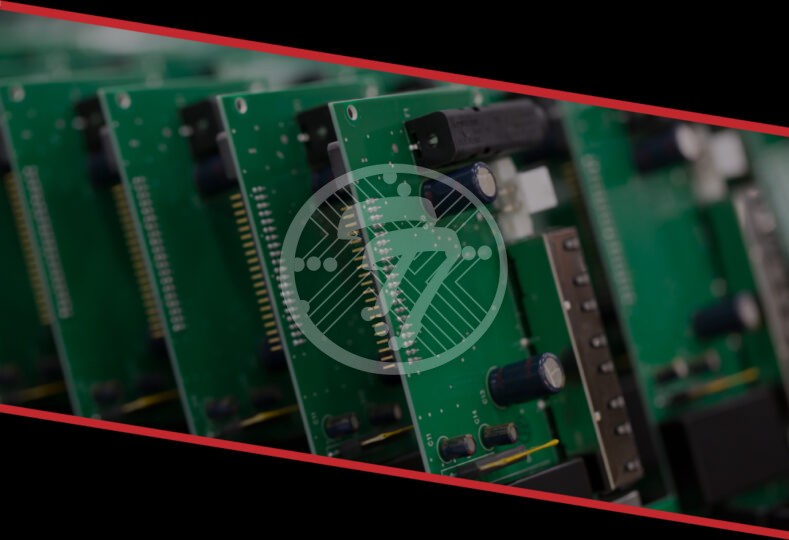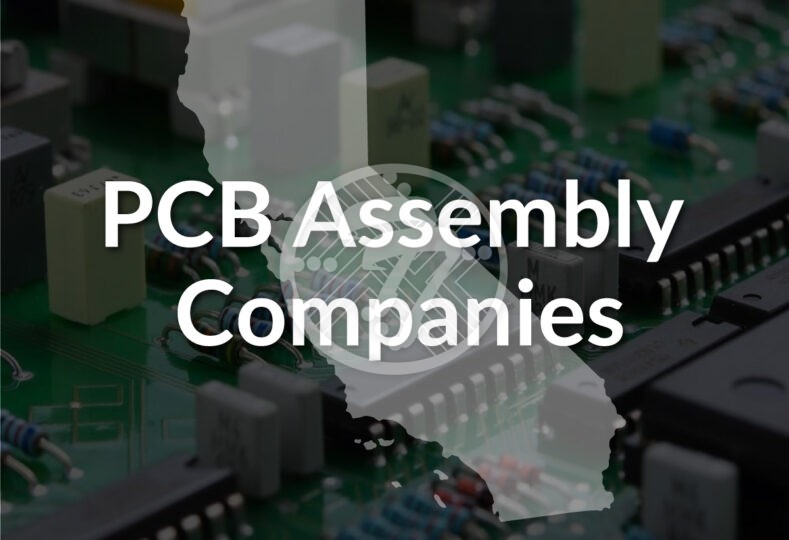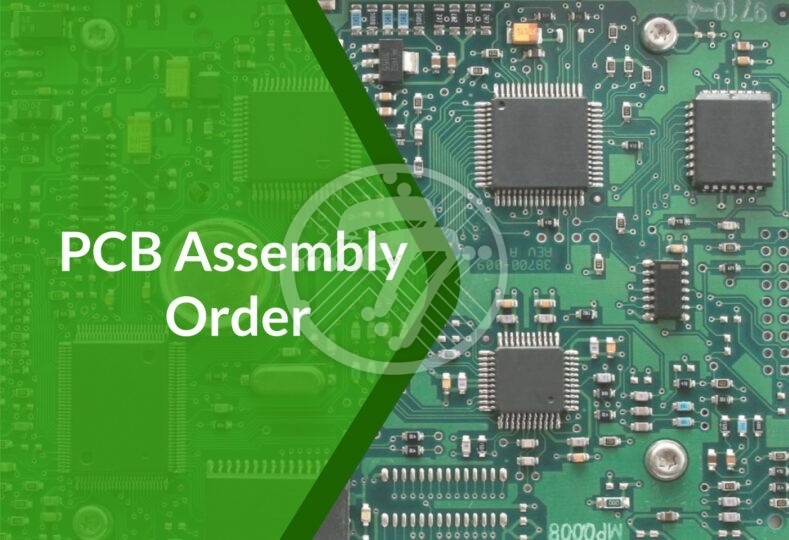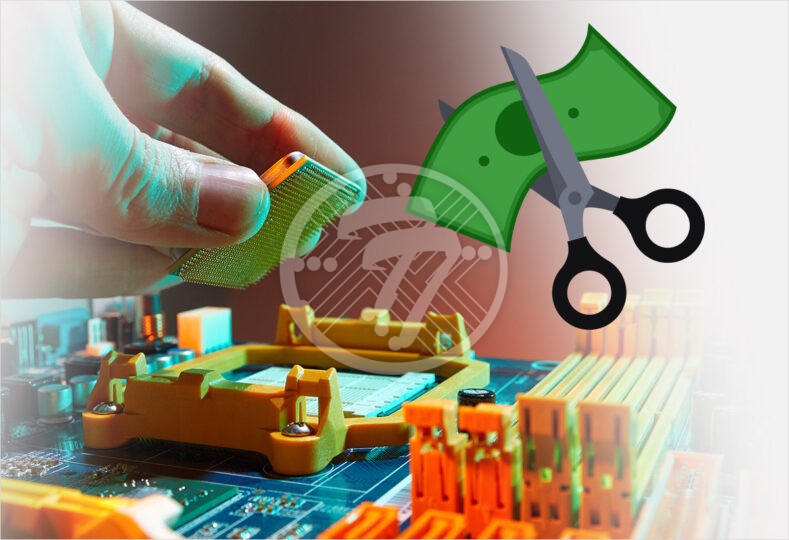What are the top advantages of ordering bulk PCB assemblies?

PCB design and manufacturing is a complex and exhaustive process. With the introduction of new types of materials and technologies, the cost of PCB fabrication and assembly is shooting up. Engaging with a contract manufacturer for a small build volume turns out to be an expensive deal. To keep up with the growing costs of PCB development, ordering PCB assemblies in bulk can be a huge advantage. The count here we imply is in thousands and above. Automation of the PCB assembly process is profitable when there is such mass production. Also, the assembly and testing time will reduce significantly.
As the PCB development proceeds from prototype to production, the build volume also increases. A prototype is assembled in counts of tens or hundreds only. The production volume picks up once the design is approved for final production with the necessary certifications. You have to evaluate the market requirements and plan for manufacturing in one go. This will help in increasing the PCB assembly line efficiency. Bulk component procurement can fetch good discounts from vendors and also helps in rapport building.
Several industries like communication, automobiles, and aviation are in continuous need of new products. Assembly and testing PCBs in big volumes can help OEMs maintain their ‘time-to-market’ plans efficiently. This boosts the brand image and customer loyalty. The merits associated with the bulk ordering of PCB assemblies are many. Read further to know them in detail.
Advantages of Ordering Bulk PCB Assemblies
1. Cost-effective solution
The primary benefit of bulk ordering is the reduced PCB assembly cost. The per-unit cost comes down drastically as the components are purchased at wholesale prices. The non-recurring engineering charges become cheaper as the assembly line setup is established only one time for the complete big volume. The inspection and test apparatus run simultaneously with the PCB assembly, hence improving the line efficiency. The cost difference gained as compared to small-volume builds can be effectively used for competitive product pricing in the market.
2. Rapid turnaround time
In the PCB assembly process, some components may get damaged during manual handling. But if components are bulk ordered, there will be enough parts to assemble the first batch without losing time on repurchasing. At wholesale rates for bulk orders, you can buy surplus parts to cover such shortages. Also, the service provider can adopt an automated assembly process if there is enough build volume. This assures faster turnaround time and quick project delivery.
3. Reliable product quality
All the PCB assemblies must have consistent performance. Process automation can fine-tune the assembly line settings for optimum output and is economical for mass production. Each PCB assembly goes through the same quality and testing procedures, resulting in uniform production. Automation reduces the chances of defects and failures in the final product. PCBs built in large volumes undergo X-ray inspection, on-board tests, etc offering steady product quality.
4. Design Customization
One of the significant advantages of bulk ordering is to get customized services from the assembly provider. You can add specific components, modify board size, or choose unconventional box-building, suitable for your customer usage. With larger quantities, your contract manufacturer can easily accommodate any product changes or iterations based on the market requirements and customer feedback. This is possible mainly due to the high build volume. In small-quantity PCB assembly, such flexibility will not be feasible for your vendor.
5. Better Supply chain management
Procuring parts in bulk establishes a good bonding with the component vendors. They may prioritize your order and offer a stable supply of components for your product assembly. Even they may fabricate a batch of specialized parts for you when it is a bulk order. Inventory management is streamlined and administrative overload will reduce when all the materials are purchased in one batch than in small quantities. It allows good control over the available stock and supports prompt order processing. Thus, the supply chain management becomes more robust and reliable.
6. Scalable to meet customer demands
Product scalability is crucial to meet the increasing market demands. Once your contract manufacturer completes a bulk order successfully, you can be well assured of upscaling the PCB production. High-volume PCB assembly saves both time and effort of bulk build orders. You can achieve maximum profit with ready-to-ship PCB assemblies in stock. Electronic appliances and gadgets are consumed in large volumes today. You can grab the market and meet deadlines by choosing bulk-volume PCB productions.
7. Minimizes risks of component obsolescence
In the electronics industry, often new components are introduced and old parts are made obsolete. This fluctuation in the market can affect the pricing and availability of electrical components. If you have procured surplus parts in your bulk order, you can mitigate risks and fulfil your PCB assembly orders without delays. Through wholesale procurement, you are shielded from unexpected price hikes. This offers long-term cost stability for your budget planning.
8. On-demand product delivery
Bulk ordering supports faster time to delivery of the PCB assembly. With enough material stock in storage, you can assemble the product and deliver it on demand. It enables efficient production planning, minimizes build costs, and ensures timely delivery of products to the customer. This is beneficial for OEMs to stay ahead of the competition.
Ordering bulk PCB assemblies can be valuable in reducing the environmental impact also. By ordering large quantities, you can save on packaging material and shipping costs. This will reduce waste generation and improves resource optimization. So bulk PCB assembly promotes sustainability in the electronics manufacturing industry.
Conclusion
If your PCB product is completely evaluated for functionality and ready to go for mass production, then ordering for bulk PCB assembly can be highly beneficial. The top merits of bulk PCB assembly are cost savings, quick turnaround time, consistent product quality, and customization. With large-quantity components procurement, you can streamline your supply chain effectively. Bulk PCB assembly assures scalability with growing product demand in the market. Extra components procured can be helpful if sudden cost changes occur in the market. Further, you can build PCB assemblies on demand if the necessary inventory is in place. Thus, bulk ordering of PCB assembly is a strategic method to stay competitive in electronics manufacturing.
Technotronix is a professional PCB manufacturer with 4 decades of experience and ISO 9001:2015 certified who is equipped with the necessary industry best practices. Feel free to contact us via email at [email protected] or call at 714/630-9200, If you have any questions or any requirements related to PCB assembly service.









